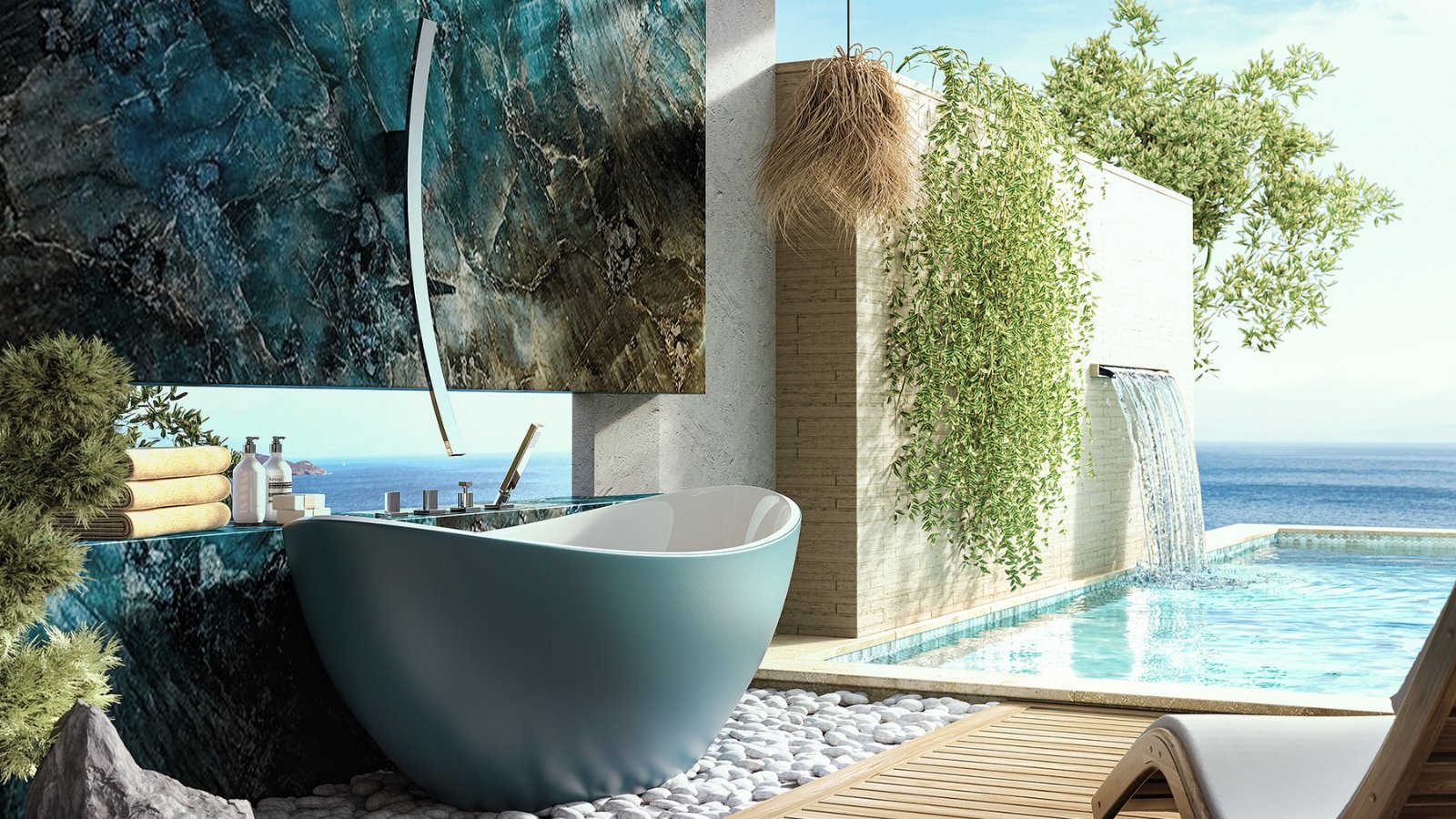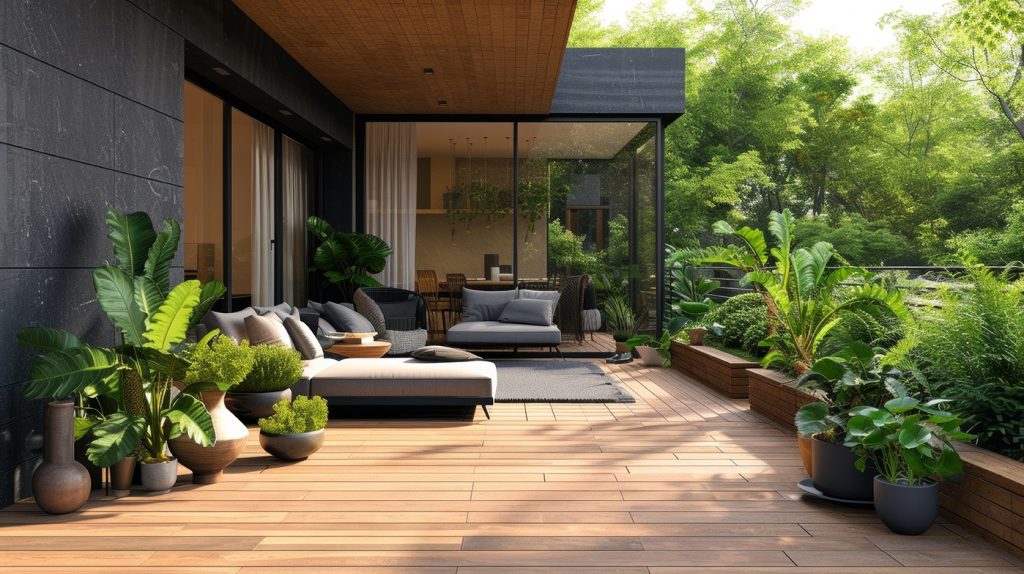Sustainable Luxury: Balancing High-End Living with Eco Practices

Sustainable luxury is changing the game. It blends sustainable luxury homes and resorts with a strong commitment to the environment, creating luxury landscapes and sustainable homes. Gone are the days when luxury meant excess and waste; now, it embraces energy efficiency, sustainable living options, and the power of our ability to make better choices. Today’s consumers demand style without sacrificing their values. Brands are stepping up, offering eco-friendly materials and ethical practices for sustainable luxury living while still delivering elegance. This shift isn’t just a trend; it’s a movement towards responsible consumption, energy efficiency, and sustainable luxury living that resonates with conscious buyers. Discover how you can enjoy the finer things in life, like sustainable luxury homes and sustainable luxury resorts, while making choices that support our planet through energy efficiency.
Key Takeaways
- Embrace eco-friendly materials in your luxury home to enhance energy efficiency and reduce environmental impact while maintaining high-end aesthetics. Look for options like reclaimed wood and recycled metals.
- Prioritize sustainable construction practices in your home by choosing builders who specialize in green building certifications, ensuring your investment supports environmental consciousness.
- Implement green maintenance practices at home, such as using organic cleaning products and energy-efficient appliances, to enhance the sustainability of your luxury lifestyle.
- Stay updated on trends in sustainable luxury living, like smart home technology that optimizes energy use and enhances comfort without compromising style.
- Explore successful examples of sustainable luxury properties to inspire your own home choices and demonstrate that luxury and sustainability can coexist beautifully.
- Consider the long-term value of sustainability in your real estate investments, as eco-conscious features in sustainable luxury homes and sustainable luxury resorts can increase property value and appeal to future buyers.
Understanding Sustainable Luxury in Real Estate
Definition
Sustainable luxury blends high-end living with environmental consciousness. It aims to create sustainable luxury homes and sustainable luxury resorts that respect the planet while providing comfort and elegance. This concept of sustainable luxury homes and sustainable luxury resorts is gaining traction in the real estate sector.
Design Importance
Thoughtful design plays a crucial role in sustainable luxury property. Architects and developers focus on minimizing environmental impact. They use eco-friendly materials and energy-efficient systems. This approach reduces energy consumption and enhances marketability.
Construction Practices
Construction practices must also prioritize sustainability. Builders adopt techniques that lower waste and pollution. They often incorporate renewable energy sources, like solar panels. These innovations ensure that sustainable luxury apartments remain functional and beautiful.
Operation Efficiency
Operation of these properties requires ongoing attention to sustainability. Smart technology helps manage energy use effectively. Automated systems in sustainable luxury resorts can adjust lighting and heating based on occupancy. This efficiency adds to the appeal for buyers seeking both luxury and responsibility.
Affordability vs. Luxury
Affordable housing can also embrace sustainable luxury principles. By incorporating green technologies, developers can attract a broader range of stakeholders, including sustainable luxury resorts. This balance increases marketability without sacrificing quality or aesthetics.
Eco-Friendly Materials and Construction Practices
Green Practices
Using recycled materials is essential in sustainable design. These materials help reduce waste and lower the demand for new resources in sustainable luxury resorts. Locally sourced materials also play a crucial role. They minimize transportation emissions, which lowers the overall carbon footprint.
Sustainable Technologies
Energy-efficient construction methods are vital for environmental sustainability. Passive solar design allows buildings to use natural sunlight for heating and cooling. High-performance insulation keeps homes comfortable while reducing energy consumption. Together, these methods create efficient buildings that align with sustainable practices.
Sustainable Landscape
Sustainable landscaping practices enhance both aesthetic appeal and environmental awareness. Xeriscaping uses drought-resistant plants to conserve water. This method reduces the need for irrigation, making it an eco-friendly option. Rainwater harvesting systems capture and reuse rainwater, further supporting sustainable solutions.
Sustainable Features
Incorporating sustainable features into luxury homes increases their value and appeal. Features like green roofs and energy-efficient windows not only improve aesthetics but also promote environmental consciousness. Homeowners benefit from reduced utility costs while contributing to a healthier planet.
Green Practices for Maintaining Luxury Homes
Smart Systems
Luxury homeowners can utilize smart home systems. These systems monitor energy usage and adjust settings automatically. They help reduce consumption in luxury residences. For example, smart thermostats learn your schedule. They optimize heating and cooling, saving energy without sacrificing comfort.
Eco-Friendly Products
Adopting eco-friendly cleaning products is essential. Many traditional cleaners contain harmful chemicals. Sustainable home maintenance uses biodegradable options instead. This keeps luxury interiors healthy for residents and the environment. Regularly using these products minimizes chemical exposure.
Regular Audits
Encouraging regular home audits ensures ongoing energy efficiency. Homeowners should check insulation, windows, and appliances regularly. Upgrading to energy-efficient models can significantly lower utility bills. These audits can identify areas for improvement in luxury estates. This proactive approach maintains both luxury and sustainability.
Green Spaces
Creating green spaces around luxury properties enhances aesthetics and environmental benefits. Incorporating green roofs or vertical gardens adds beauty while improving air quality. These features also provide insulation, reducing energy needs.
Sustainable Amenities
Luxury homes can include sustainable amenities like rainwater harvesting systems. These systems collect rainwater for irrigation or non-potable uses. This practice supports luxurious living spaces that are also environmentally friendly.
Trends in Sustainable Luxury Living
Biophilic Design
Biophilic design is becoming more popular. This approach integrates natural elements into luxury homes. Large windows, indoor plants, and natural materials create a connection to nature. Homeowners appreciate how these features improve well-being. They also enhance the aesthetic appeal of their spaces.
Multi-Functional Spaces
Multi-functional spaces are trending in sustainable luxury developments. These designs maximize utility while minimizing waste. For example, a living room can double as a workspace or guest area. This flexibility allows families to adapt their homes to various needs. It also reduces the need for additional space, promoting sustainable living.
Wellness-Focused Amenities
Wellness-focused amenities are increasingly in demand among luxury buyers. Air purification systems help maintain clean air indoors. Organic gardens provide fresh produce and promote healthy eating. Many new developments include fitness centers and spa facilities as standard offerings. These features align with sustainability goals and cater to health-conscious consumers.
Sustainable Luxury Travel
Sustainable luxury travel options are also on the rise. Travelers seek eco-friendly resorts that prioritize environmental consciousness. Many hotels now utilize renewable energy sources and offer organic dining experiences. This shift reflects a broader trend toward sustainable lifestyles.
Successful Examples of Sustainable Luxury
LEED Certification
Many sustainable luxury properties now achieve LEED certification. This certification shows a commitment to environmental standards. For example, the Four Seasons Hotel in Miami has implemented energy-efficient systems. It uses sustainable materials in its construction. This hotel exemplifies how luxury can coexist with responsible practices.

Renewable Energy Sources
e luxury resorts utilize renewable energy sources. The Post Ranch Inn in California runs on solar and wind power. It offers guests stunning views while minimizing its carbon footprint. These efforts highlight how luxury can be achieved without compromising the environment.
Community Integration
Communities also integrate sustainable practices while maintaining luxury standards. An example is the community of Serenbe in Georgia. This area focuses on organic farming and eco-friendly building designs. Residents engage in local food production and sustainable living. Such initiatives create a transformative journey for those who value both extravagance and responsibility.
Luxury Sustainable Materials
Using luxury sustainable materials is another trend. High-end brands like Stella McCartney use organic fabrics and recycled materials in their collections. This approach aligns with the mission of creating responsible luxury products that appeal to conscious consumers.
Closing Thoughts
Sustainable luxury isn’t just a trend; it’s a lifestyle shift. You can enjoy high-end living while being kind to the planet. By choosing eco-friendly materials, adopting green practices, and staying updated on industry trends, you align your values with your lifestyle. Successful examples show that luxury and sustainability can go hand in hand.
Now is the time to embrace this balance. Start making conscious choices in your luxury living spaces. Explore sustainable options and support brands that prioritize the environment. Your actions can inspire others and contribute to a greener future. Let’s redefine luxury together—because every small step counts.
Frequently Asked Questions
What is sustainable luxury in real estate?
Sustainable luxury in real estate combines high-end living with eco-friendly practices. It prioritizes environmental consciousness while offering premium amenities, ensuring both comfort and sustainability.
How can eco-friendly materials enhance luxury homes?
Eco-friendly materials, such as reclaimed wood and recycled glass, not only reduce environmental impact but also add unique aesthetic appeal. They often offer superior durability and lower maintenance costs over time.
What are some green practices for maintaining luxury homes?
Green practices include using energy-efficient appliances, implementing smart home technology, and utilizing sustainable landscaping. These methods reduce energy consumption and enhance the home’s overall value.
What trends are shaping sustainable luxury living?
Current trends include biophilic design, zero-energy homes, and smart technology integration. These innovations promote wellness and efficiency, appealing to environmentally conscious buyers.
Can luxury homes be both stylish and sustainable?
Absolutely! Sustainable luxury emphasizes design without compromising aesthetics. High-end finishes can be achieved using eco-friendly materials that align with modern tastes.
Are there successful examples of sustainable luxury?
Yes, numerous developments showcase sustainable luxury, such as The Edge in Amsterdam or One Central Park in Sydney. These projects integrate innovative green technologies while providing luxurious living spaces.
How does investing in sustainable luxury benefit homeowners?
Investing in sustainable luxury enhances property value, reduces utility costs, and promotes a healthier lifestyle. It aligns with growing consumer demand for eco-conscious living options.
 Send Buck a voice message!
Send Buck a voice message!



